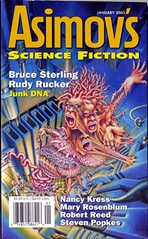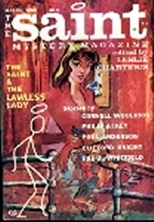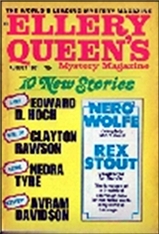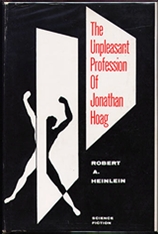Wed 5 Nov 2025
SF Stories I’m Reading: STEVEN POPKES “The Ice.”
Posted by Steve under Science Fiction & Fantasy , Stories I'm ReadingNo Comments
STEVEN POPKES “The Ice.” Novella. First appeared in Asimov’s Science Fiction, 2003. Reprinted in The Year’s Best Science Fiction: 21st Annual Collection, edited by Gardner Dozois (St. Martin’s, trade paperback, July 2004).

Phil Berger was a high school hockey player in the Boston area, and a pretty good one, when a local reporter files a story about him that changes his life forever. As the story goes, he is the cloned son of Gordie Howe. [Sidebar here: Gordie Howe was the greatest hockey player of all time, playing for the pros from 1946 to 1971, one Wayne Gretsky notwithstanding. We could argue about that. I saw him play twice, once in Detroit and once here in Hartford. Gordie Howe, that is.]
The circumstances are vague, but one does not argue with DNA testing. It is a lot of pressure on a young boy. He makes it to playing in college, but it doesn’t last long. It also turns out that he was not the only result of whatever experiments somebody was running. The other boy, Phil’s age, was not as successful.
This is a long story, full of small highlights and lots of valleys. He moves to the American southwest, gets a job barkeeping, then a better one. He gets married, has a son, and lives his life the best he can. This is barely science fiction, until the end, when the story finally makes it rounds and comes around to the point, which is a significant one. But while it is being told, it is one you cannot put down, even if you are not a hockey fan.
I have not read anything else by Steven Popkes, who seems to have made a living doing real jobs, not depending on writing SF for a living. He wrote a couple of novels in the late 1980s/early 90s, then a dozen or so more from 2016 to now. These appear to be mostly self-published.
He did continue writing shorter work all through this period. This not an uncommon career path for many SF writers. Based on this sample of size one, though, he seems to have done fine, but in my opinion, he could have been a real contender.









